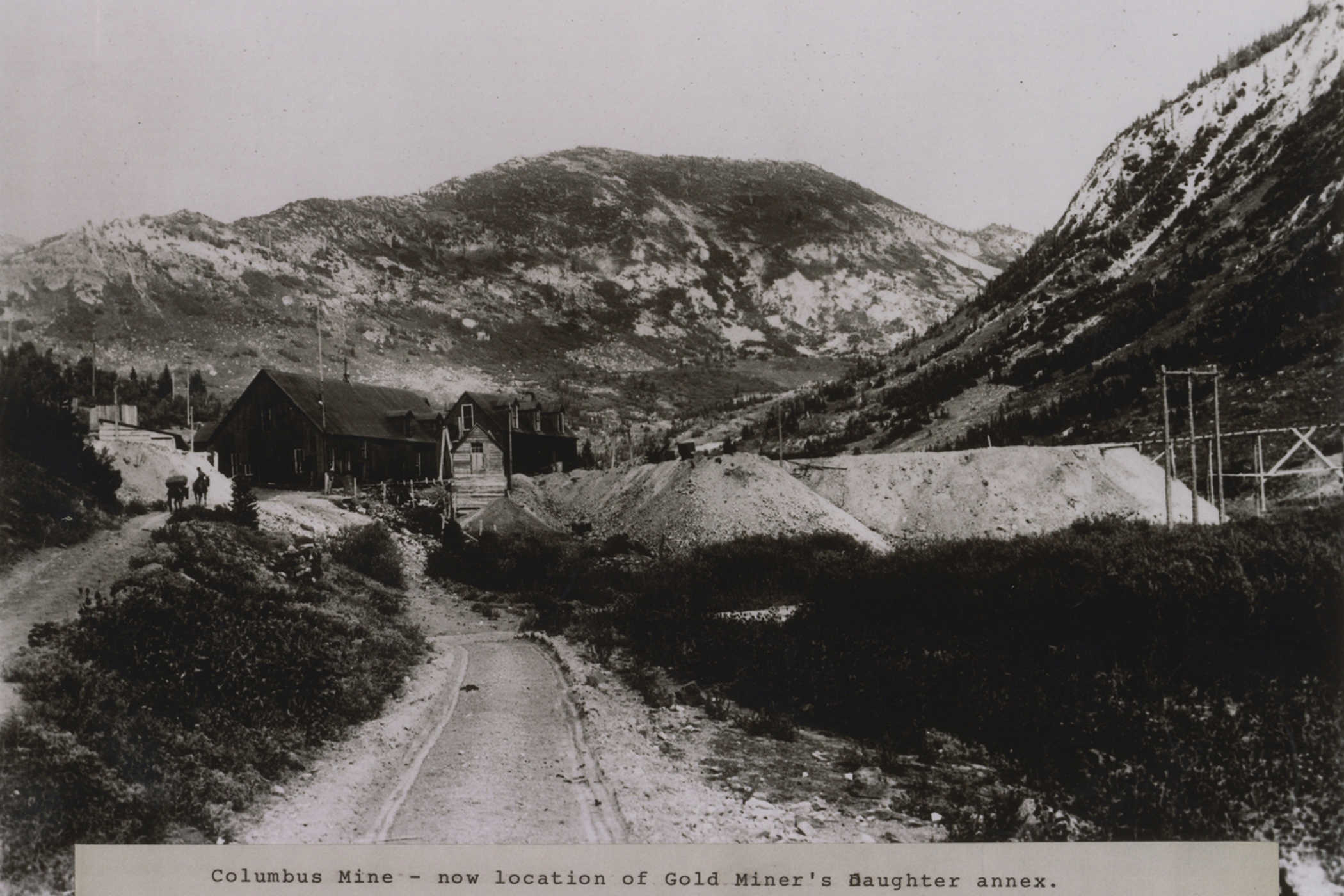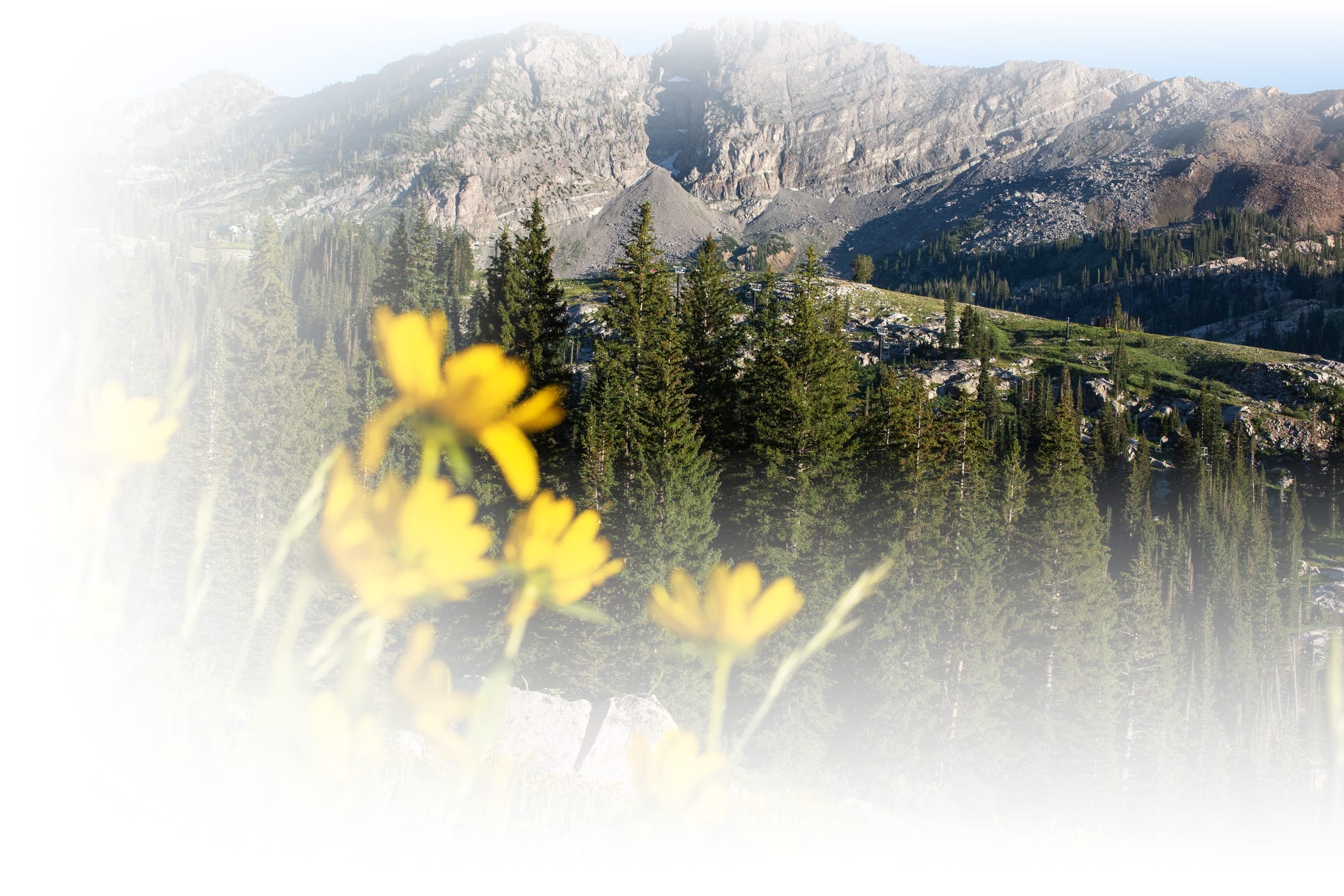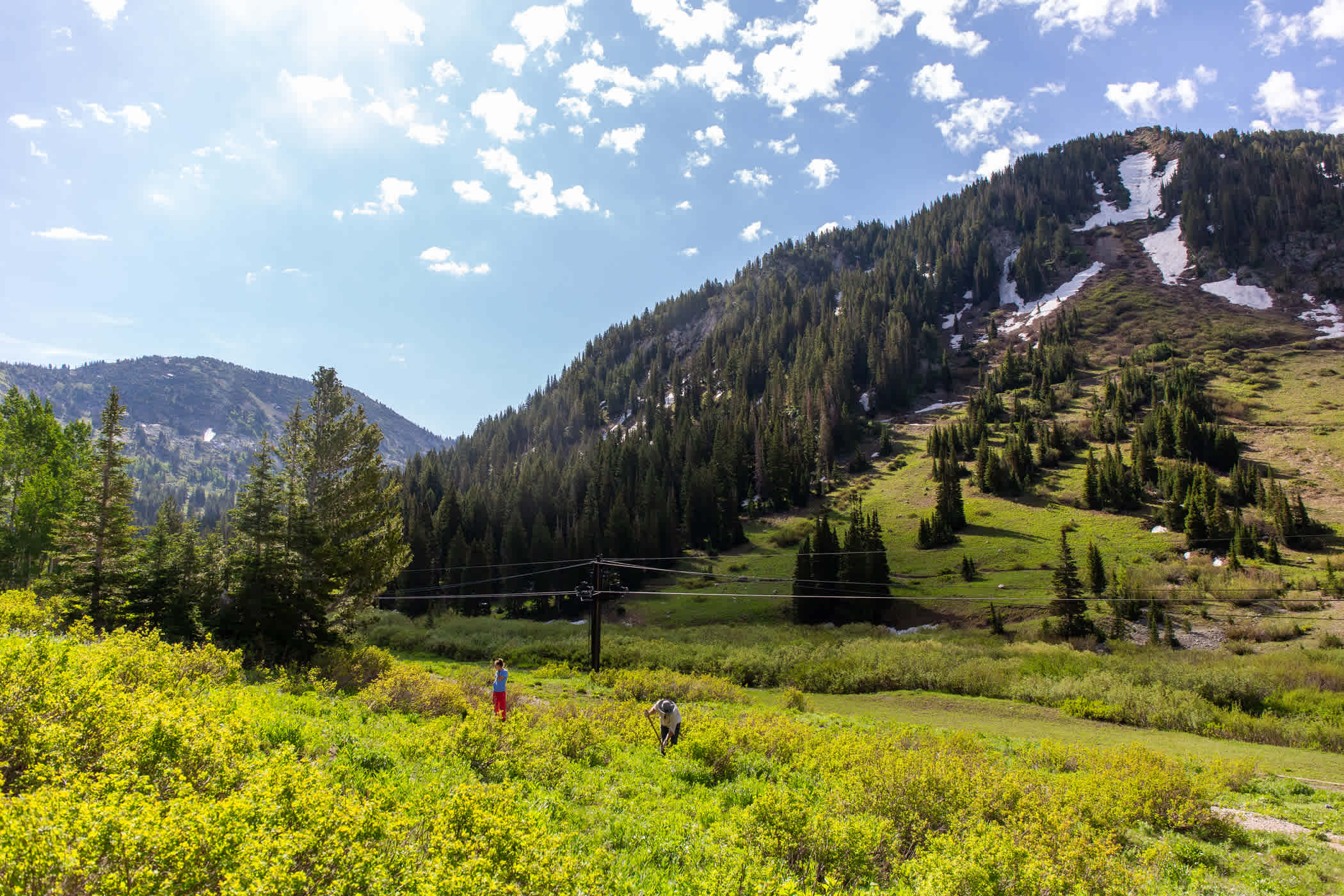The Alta Environmental Center (AEC) was created in 2008 to guide the ski area's sustainability efforts and look after the natural environment in which we operate. Whenever a modification to the land is made at Alta Ski Area, whether it be laying new infrastructure, installing new equipment, or any recreational action that disrupts the land, equal restoration efforts are put back in to help in conserving the Alta environment. Since 1991, Alta has recorded the number of plants and trees that have been planted on the slopes of Alta.
- 42,924 trees planted since 1991
- 109,689 plants planted since 1991
Reforestation | 42,924 TREES PLANTED
The earliest documented reforestation efforts at Alta were completed by the Civilian Conservation Corps (CCC) in 1933. The CCC was a work relief program that was formed from Franklin D. Roosevelt's New Deal legislation to help combat high unemployment rates during the Great Depression. Since then, trees have been planted to some extent at Alta Ski Area almost every summer.

Two photos, taken over a century apart, show the reforestation efforts at Alta Ski Area. Left: 1885. Right: 1995 | Photos: Alan Engen Ski History Collection
Tree seedling harvests and tree planting events provide the public with an opportunity to get their hands dirt and contribute to ongoing conservation efforts. Seeds for plants and trees are harvested at the end of every summer by AEC staff within the ski area. Harvesting seed from the ski area for revegetation and restoration efforts takes work but generally results in more successful plant and tree growth when the seed comes directly from where it will be planted. Seed collection efforts are defined yearly based on where revegetation and restoration need to take place on the mountain. The aspect, elevation, vegetation type, and other characteristics are considered when deciding what seed will be harvested annually.

Left: Alta was denuded of trees after generations of mining | Photo: Alta Historical Society (circa 1919) Right: Tree planting efforts continue at Alta Ski Area | Photo: Rocko Menzyk (July 2019)
Once the seeds are collected and sorted, they go to local nurseries where they grow for six months to three years depending on the species, until they are strong enough to be planted and survive. Once the plants are ready, species that are a good match for a disturbed site are planted.
rEVEGETATION | 109,689 nATIVE pLANT sEEDLINGS planted
When wildflowers and plants go to seed each fall, the AEC collects the seeds during the opportune germination phase. The seeds are then cleaned, sorted and sent to a local horticulturist where they continue to grow until they returned to Alta the following summer.
Using locally adapted plants is an important element of our revegetation program and restoration work. This process ensures the plants have the same genetic makeup as surrounding populations, increasing survival rates and long-term success.
AEC staff will tend to the nursery and the seedlings will be planted throughout the summer. The harvested seed will be put back into the ground based on needs for the following summer’s revegetation plans. The dedication and work that goes into our revegetation and restoration projects is no small task, we are so thankful to our volunteers and partner organizations who play a crucial role in helping us complete our summer land conservation work.
Restored Wetlands
The installation of the new Supreme lift in 2017 resulted in the permanent displacement of 60 square feet (sf) and temporary disturbance of 560 sf of wetland in the Albion Fen within Albion Basin. The Supreme project includes the restoration of disturbed wetlands and the potential creation of 4,000 sf of new wetlands. Restoration/creation of wetland includes: 520 sf of wetland actively being restored through the removal of three old Cecret lift towers; 1,480 sf of new wetland is being restored with a swale at the Fen’s outlet; another 2,000 sf of new wetland is being restored in the Supreme base terminal excavation cut.
Alta Ski Area and Forest Service are pleased with the progress of the restoration and the new wetland areas. Disturbed wetland areas continue to be restored using nearby wetland soils and plant resources and recovery continues to be observed. Restoration efforts by Alta over the 2021 summer included:
- Planting 857 native riparian & wetland flowers, and 1,715 upland flowers from the base to the top of the Supreme lift, totaling 2,572 flowers all grown from hand-collected seed (plan includes~5,000 plants annually through 2021. 2022 will see 9,000).).
- Transplanted approximately 100 sf of native plants into the disturbed areas (to be repeated again in 2022).
- Seeded approximately 1,500 sf with native-sourced wetland seed from the Fen.
invasive plant management
One of the primary threats to the health and ecological balance of the Alta environment is the spread of invasive, non-native, noxious plant species. Invasive species thrive in highly disturbed areas and roadsides and often out-compete native vegetation due to invasive species' ability to grow rapidly and establish quickly. Alta Ski Area has partnered with the Cottonwood Canyons Foundation (CCF) and Friends of Alta (FOA) to help with invasive plant management within the ski area, and within the Town of Alta. CCF collaborates with Salt Lake City Public Utilities, Alta Ski Area's watershed regulator, on invasive plant management within the cottonwood canyons.

In 2022, the Alta Environmental Center surveyed 101 Acres of Alta Ski Area for invasive plant species. Over the course of the summer and fall, the AEC, partner organizations and volunteers successfully treated 75% of the invasive plant surveyed areas.

